Laughter has always been a coping mechanism for dealing with war. Some of this country’s most memorable cartoons have been born out of conflict. Think of Gillray’s ‘Plumb-Pudding in Danger’, Bairnsfather’s ‘Well, if you knows of a better ’ole, go to it’ or Low’s ‘Very well, alone’ – they are the quintessential images that defined the Napoleonic, first and second world wars.
War didn’t stop cartoonists in the thick of the action from making light of their circumstances. Bruce Bairnsfather, a young officer who began sending jokes to the Bystander in 1915, was invalided out of Belgium suffering from shell-shock, but continued to draw. His work was initially dubbed ‘vulgar caricature’, but his depiction of Tommies cheerfully dealing with shelling and everyday problems on the front line – such as the absence of strawberry jam – resonated with soldiers. It became so popular on the Home Front that his character ‘Old Bill’, the walrus-moustachioed veteran, was turned into a stage show that reached Broadway.
In the second world war, Ronald Searle continued to draw gags while he was a prisoner of war in Changi jail, at the risk of beatings from his Japanese captors. He was imprisoned alongside the Australian cartoonist George Sprod, who, like Searle, went on to become a Punch stalwart.
These men may have had the moral authority to laugh at the horrors around them because they were on the front line, but the cartoonists back home didn’t believe wars were off limits either. In 1915, Punch’s Frank Reynolds responded to the Huns’ ‘Hymn of Hate’ (their attempt at a morale-boosting song) by drawing a Prussian family indulging in their daily ‘Morning Hate’ around the breakfast table. Even the pet dachshund is scowling at the thought of England.
A cartoonist’s easiest and safest response to war is to draw ‘chin-strokers’, or what the cartoonist David Austin described as ‘Tank crushes flower’ – an image intended to make the viewer think rather than laugh. As far back as the Renaissance, artists such as Dürer were producing chin-strokers about the perils of war involving the four horsemen of the apocalypse – and the figure of Death has been a popular trope for political cartoonists through the ages. In 1855, during the first Crimean War, artist John Leech drew the cartoon ‘General Fevrier turned traitor’, about how the Russians’ ally ‘Winter Weather’ had betrayed them. Van Gogh, a keen collector of Punch cartoons, considered the image of Death in a uniform hovering over Tsar Nicholas ‘even more profound and more serious than Holbein’s “Dance of Death”’.
The master of the chin-stroker was the Evening Standard’s Sir David Low, who in the second world war combined simple profundity of message with a lightness of touch which appealed to all. His principal weapon was ridicule, not the arousal of hate or horror, as he believed that ‘malice clouds judgment’. Low’s lampooning of Hitler led to his cartoons being banned in Nazi Germany and his name was even added to a Gestapo list of undesirables to be arrested after invasion.
Cartoons flourished in the second world war, from Bernard Partridge’s heavyweight think-pieces, steeped in allegory, to Fougasse’s propagandist ‘Careless talk costs lives’ series, to Pont’s social satires on a nation in conflict. The war even made it into children’s comics – the Beano ran a strip lampooning Mussolini, charmingly titled ‘Musso the Wop’ (‘He’s a big-a-da flop’).
Drawing cartoons in wartime has always come with some risks. In 1915, the Bystander ran a cartoon by a 2nd Lieutenant entitled ‘Reported Missing’, depicting a soldier drunk on rum asleep under a tree. It was deemed a ‘disgusting representation’ by the Times, and was said to prejudice discipline and recruitment. The magazine ended up in court and was fined £100 (equivalent to £11,000 today) for publishing the drawing. The editor was sacked. Searle believed that his cartoons gently mocking his superiors when he was a PoW led to him being seen as a troublemaker – so army chaplains nominated him to be sent to work on the infamous Burma Railway. It nearly cost him his life.
Today, issues of taste and timing can be restrictive to a cartoonist’s freedom. ‘With Ukraine I’ve tried to do jokes about the consequences of war, oligarchs selling yachts and football clubs, and petrol prices, rather than the bombing or fighting,’ says the Daily Telegraph’s Matt, who has an enviable success rate at making people laugh in troubled times. Even so, he still gets complaints.
The key, as so often with comedy, is timing. Before the first Gulf War I drew a cartoon for Private Eye in response to what I saw as the tabloid press’s gung-ho, butt-kicking triumphalism. The picture showed undertakers waiting at an airport arrivals gate holding up names of soldiers. By the time it was published, we were actually at war and that possibility of death had turned to reality. I regretted it.
Got something to add? Join the discussion and comment below.
Get 10 issues for just $10
Subscribe to The Spectator Australia today for the next 10 magazine issues, plus full online access, for just $10.
You might disagree with half of it, but you’ll enjoy reading all of it. Try your first month for free, then just $2 a week for the remainder of your first year.

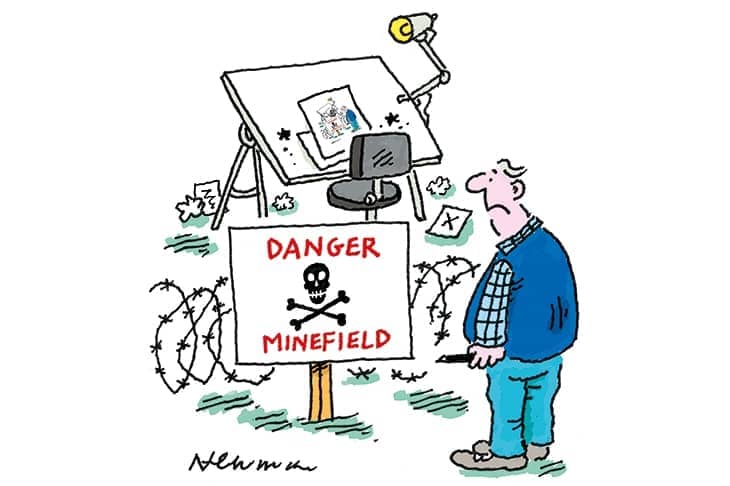
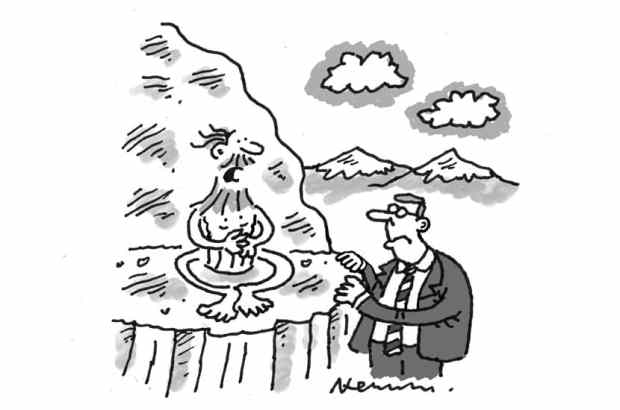
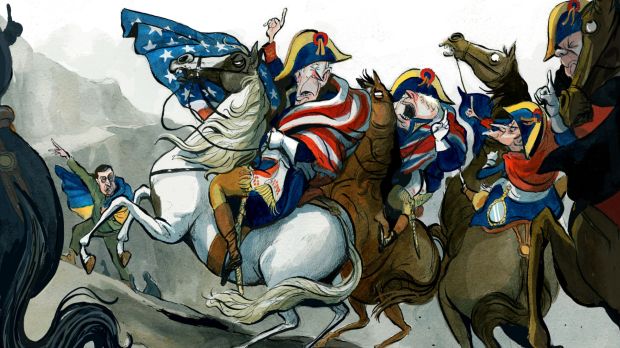
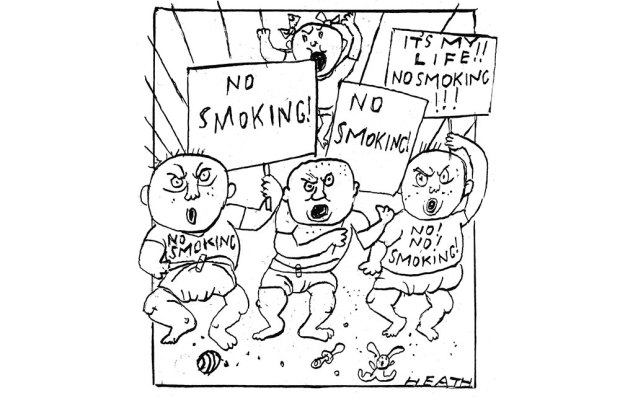
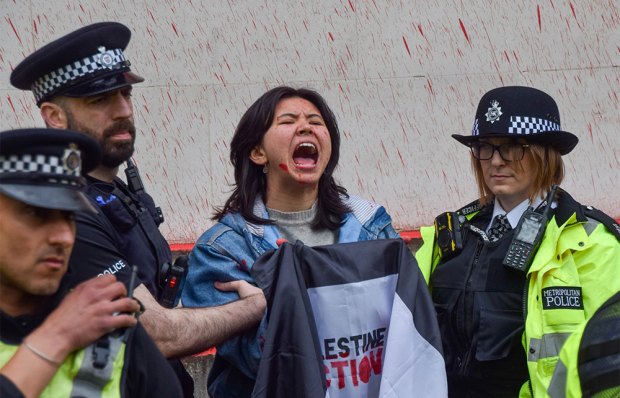
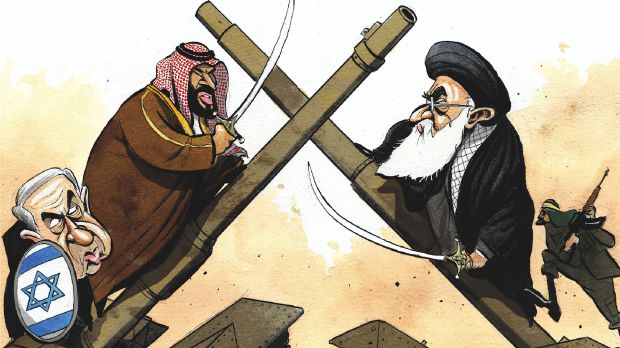
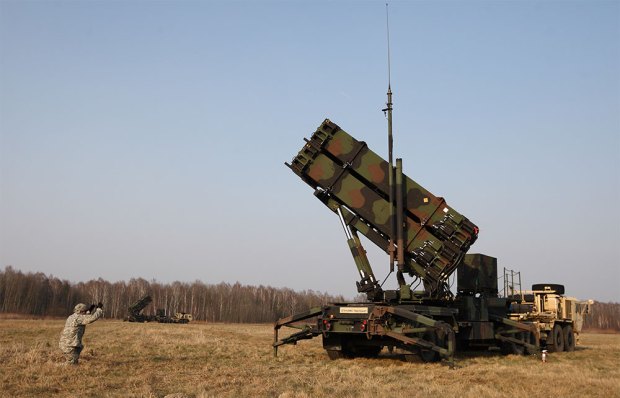






Comments
Don't miss out
Join the conversation with other Spectator Australia readers. Subscribe to leave a comment.
SUBSCRIBEAlready a subscriber? Log in